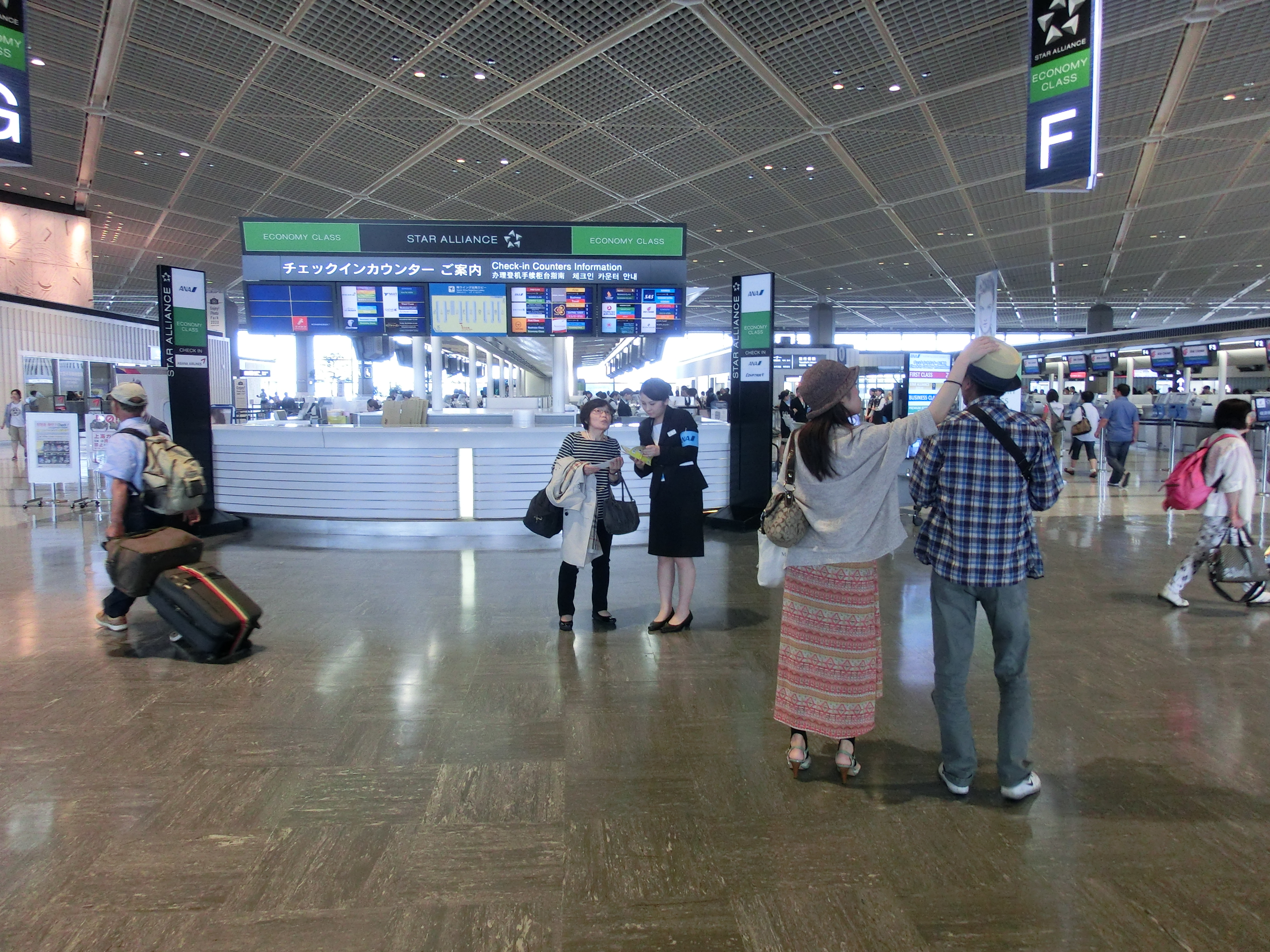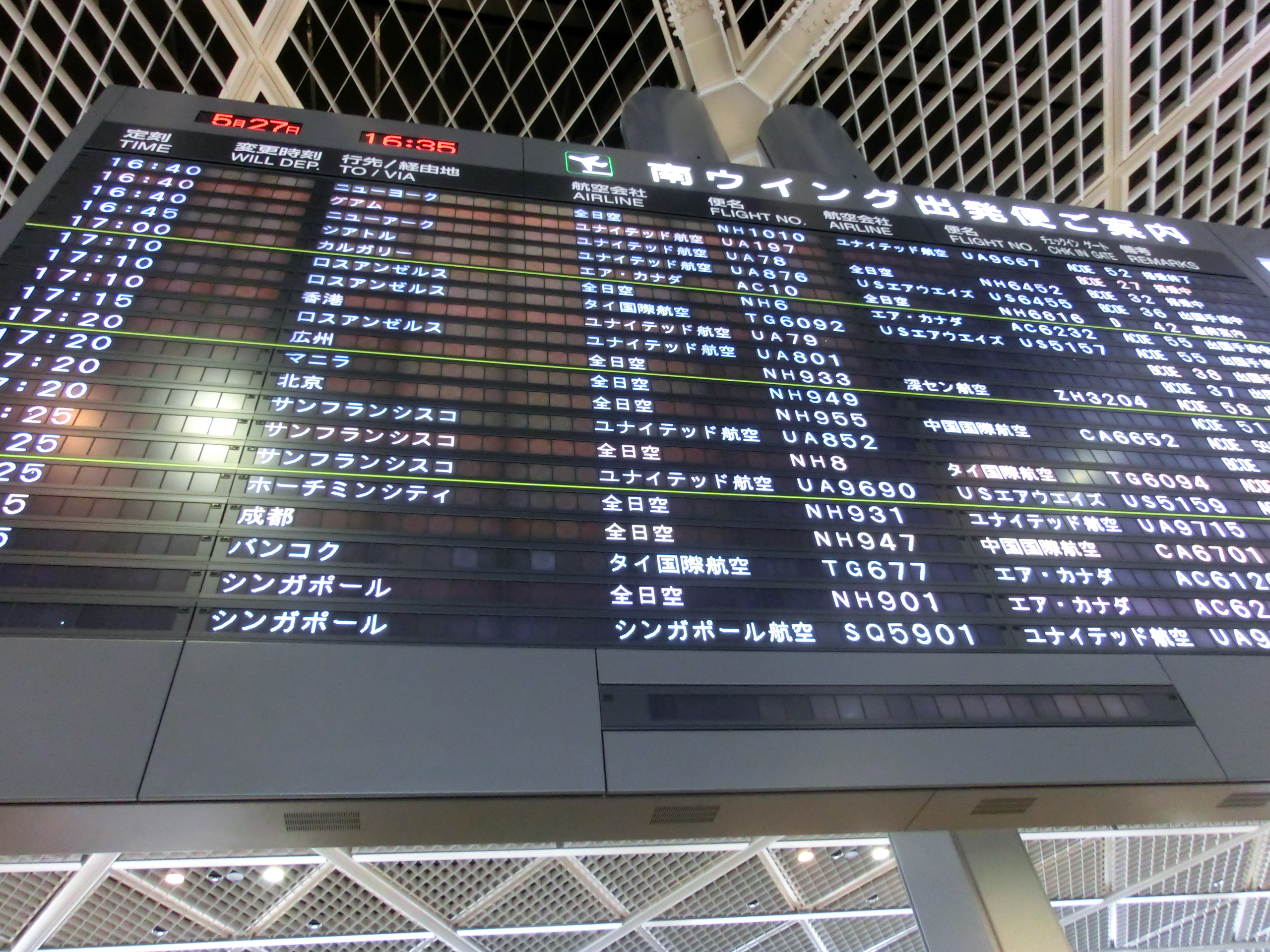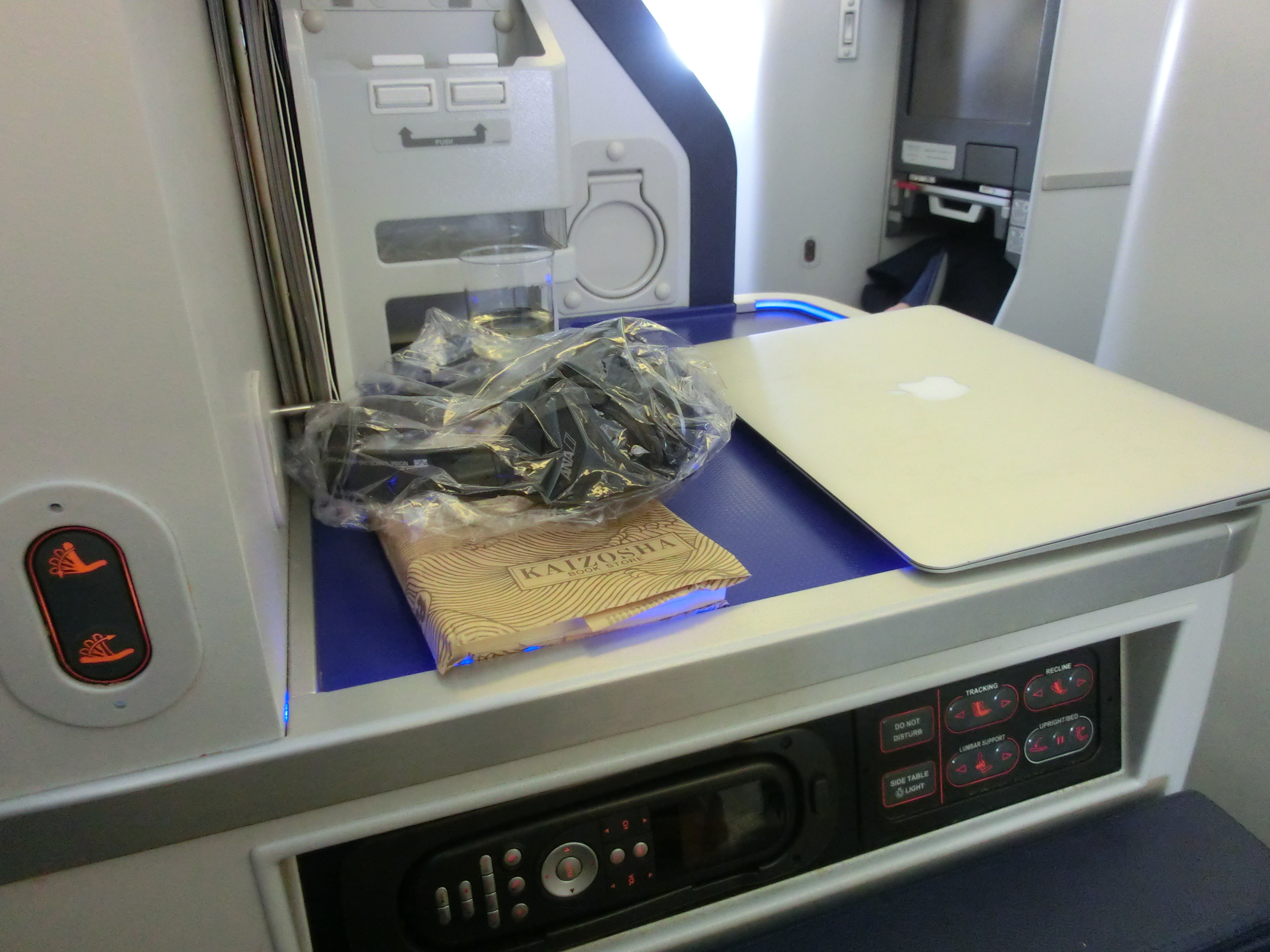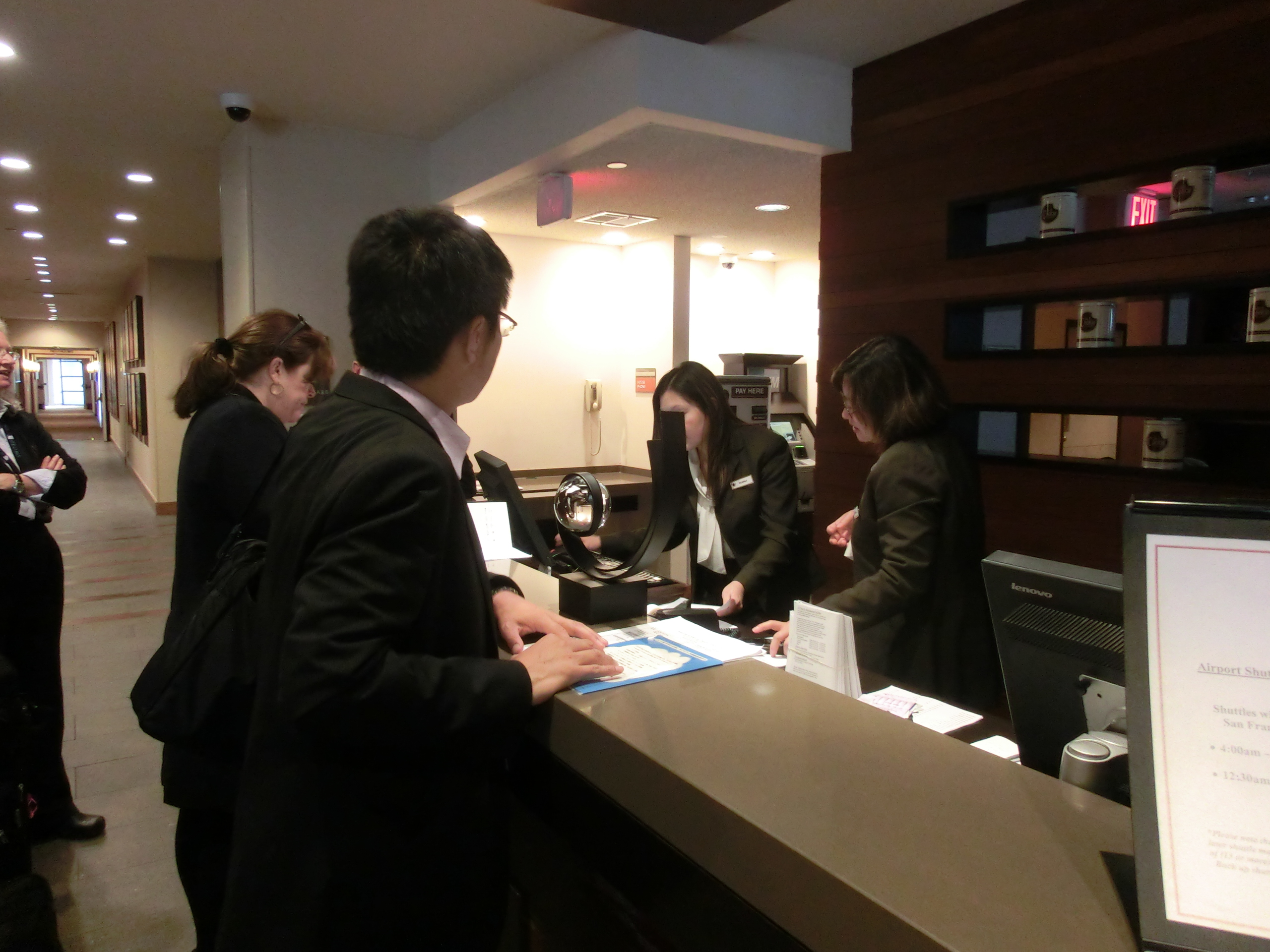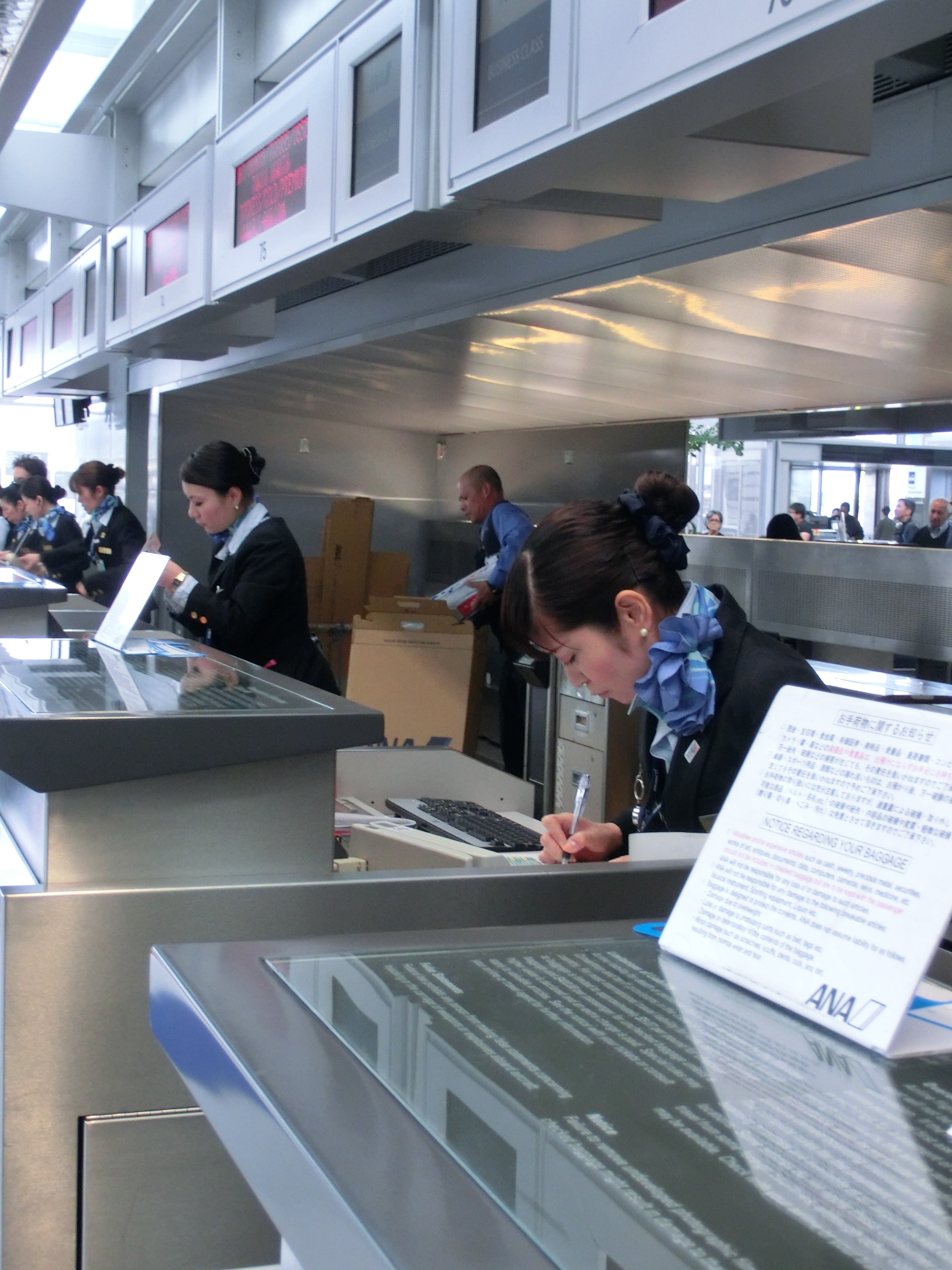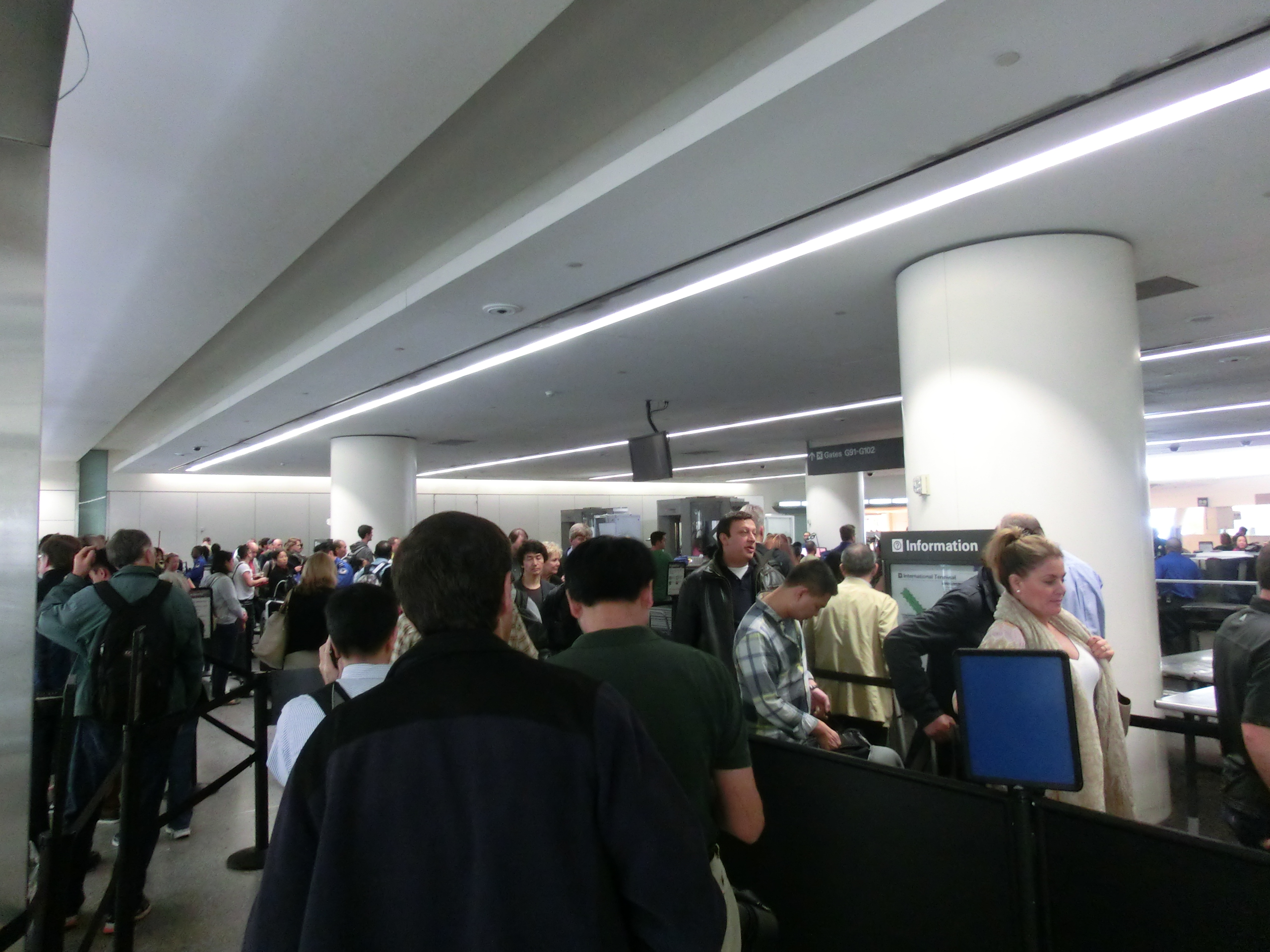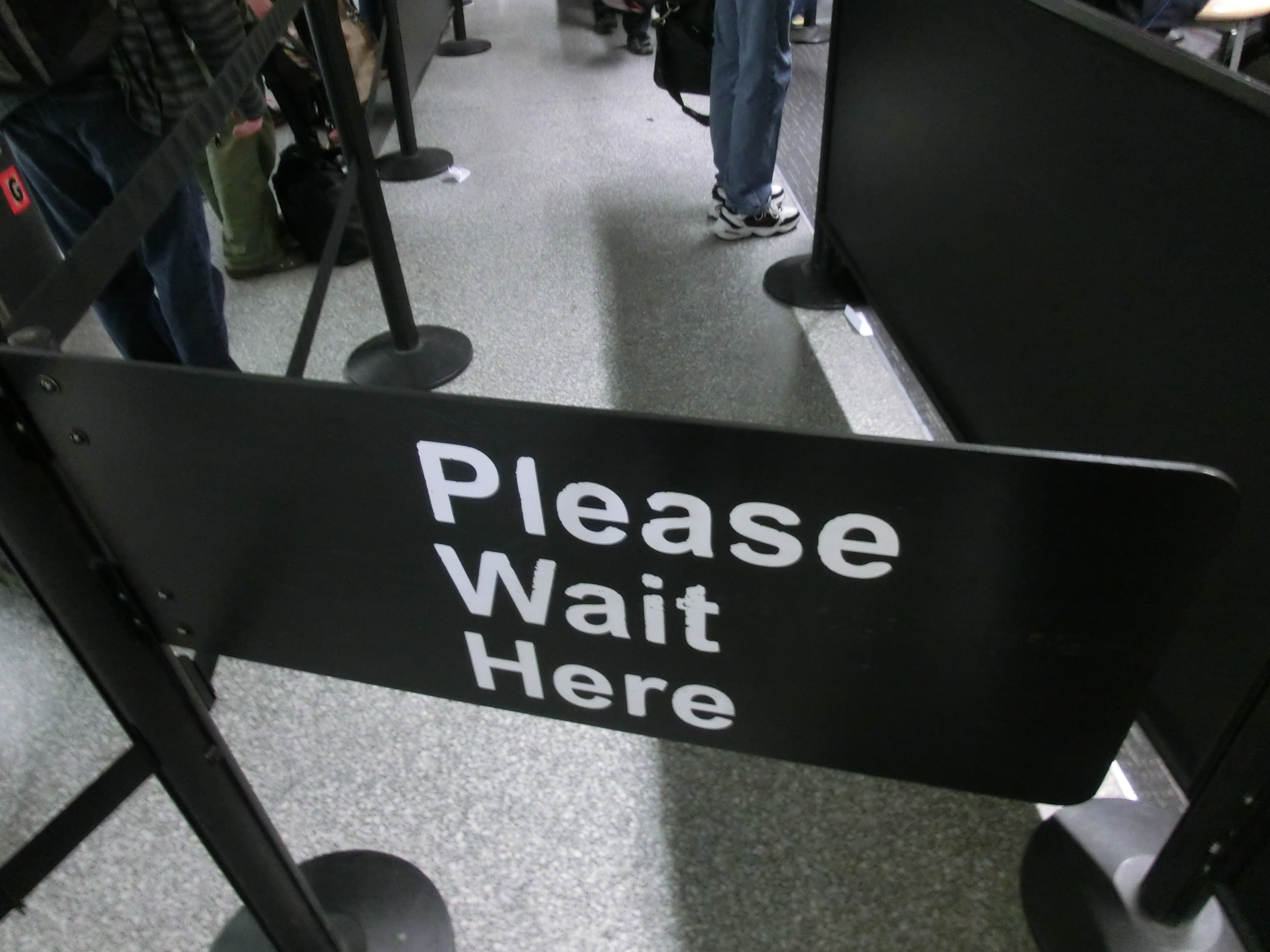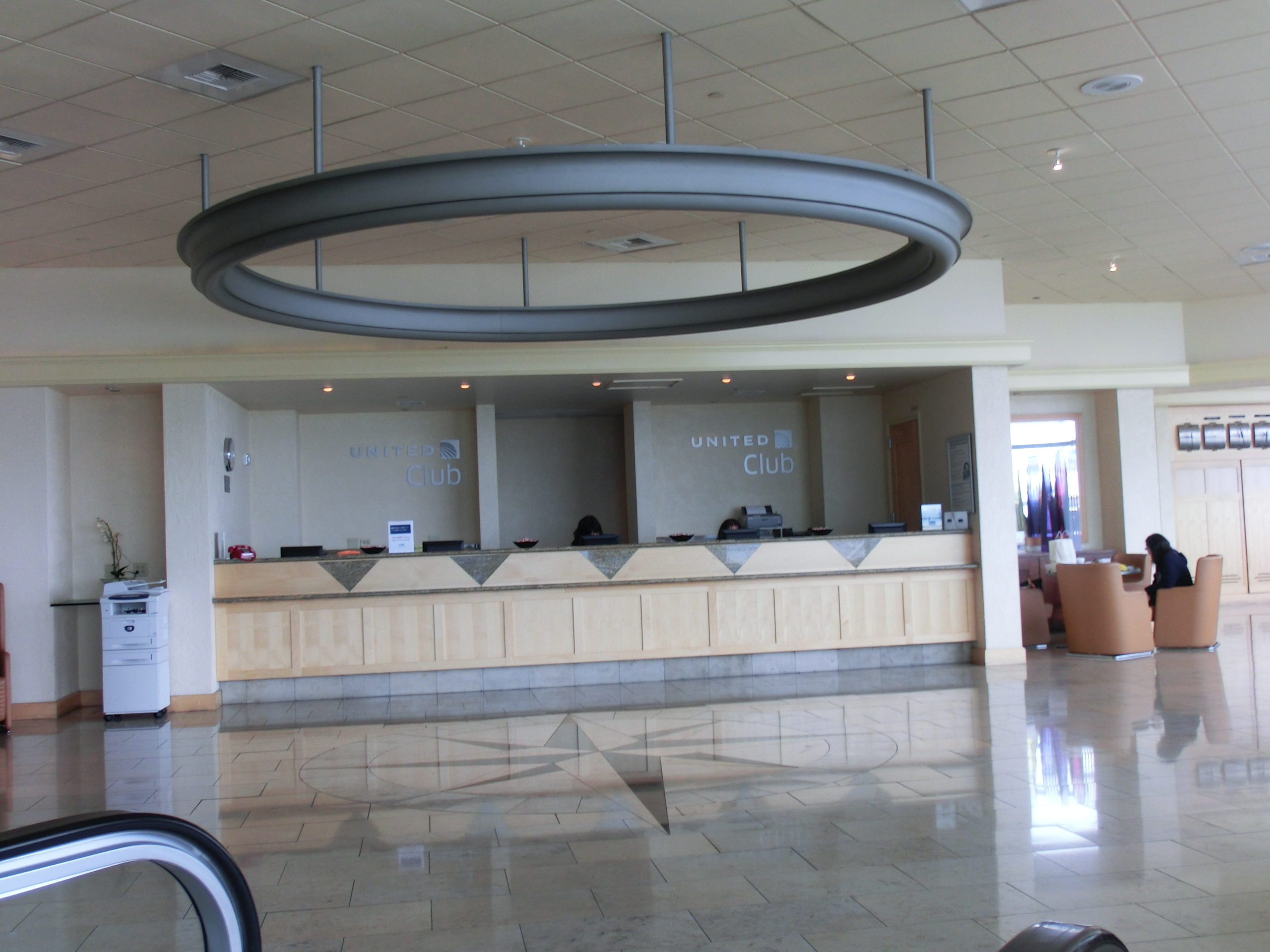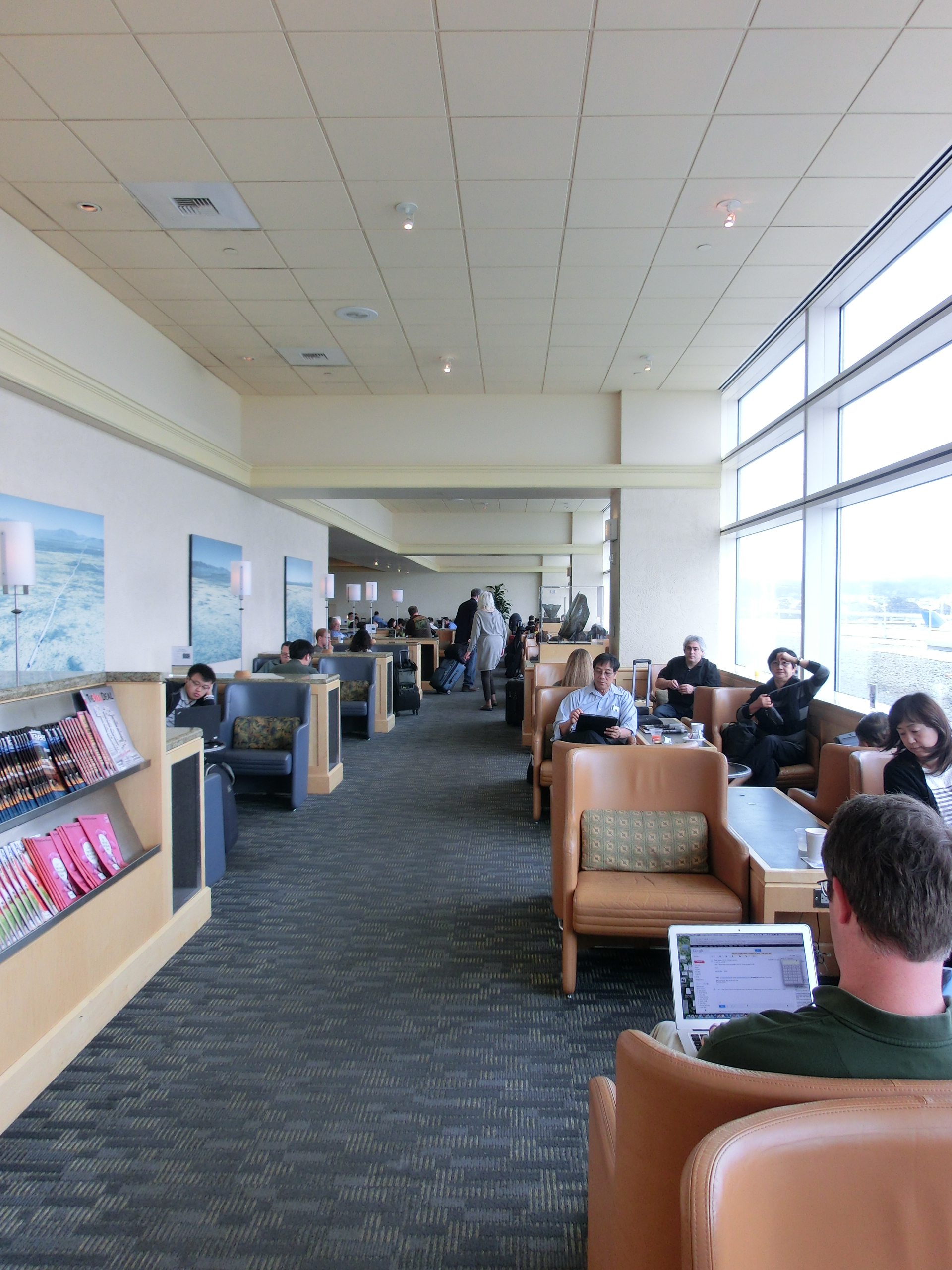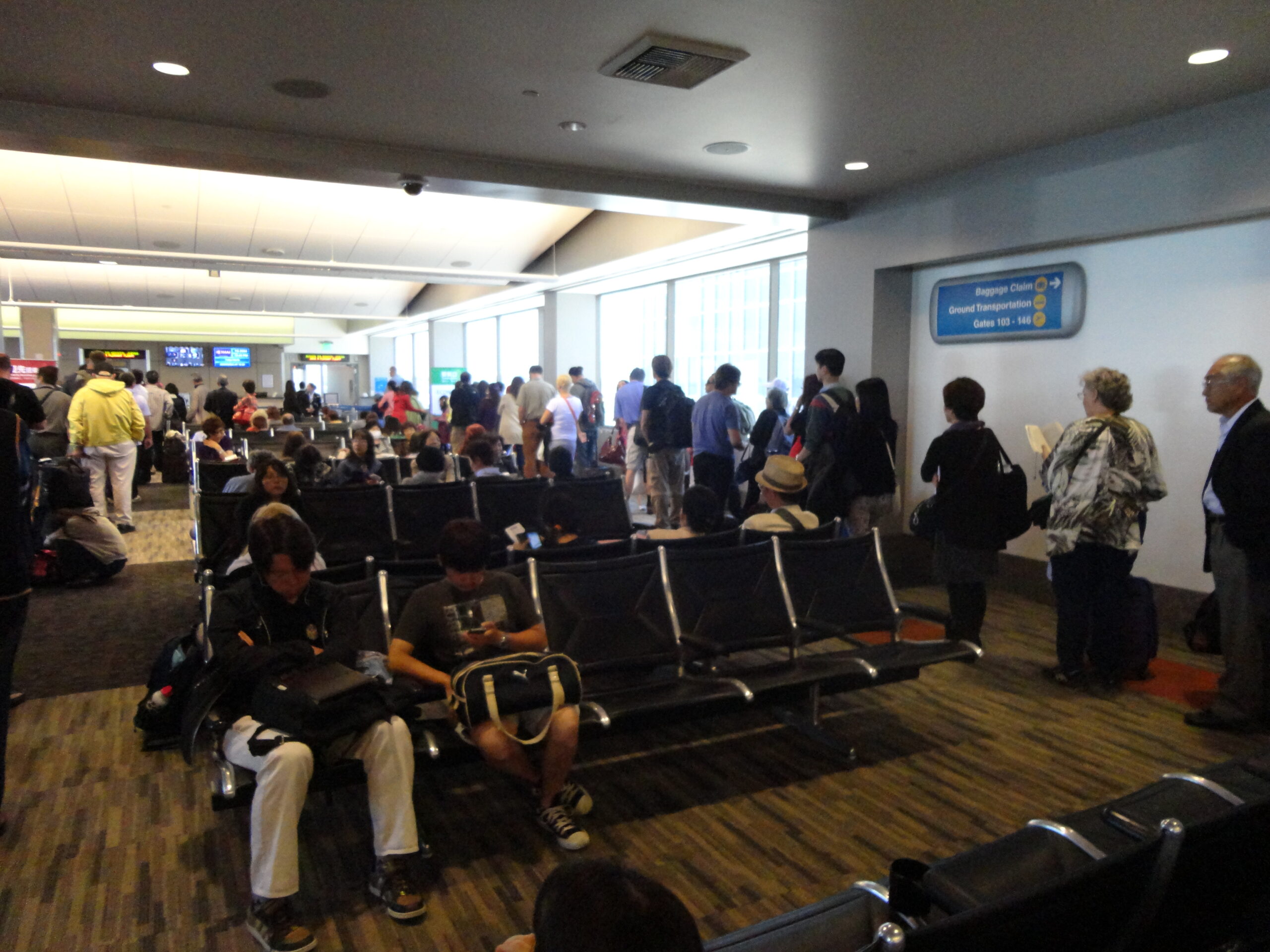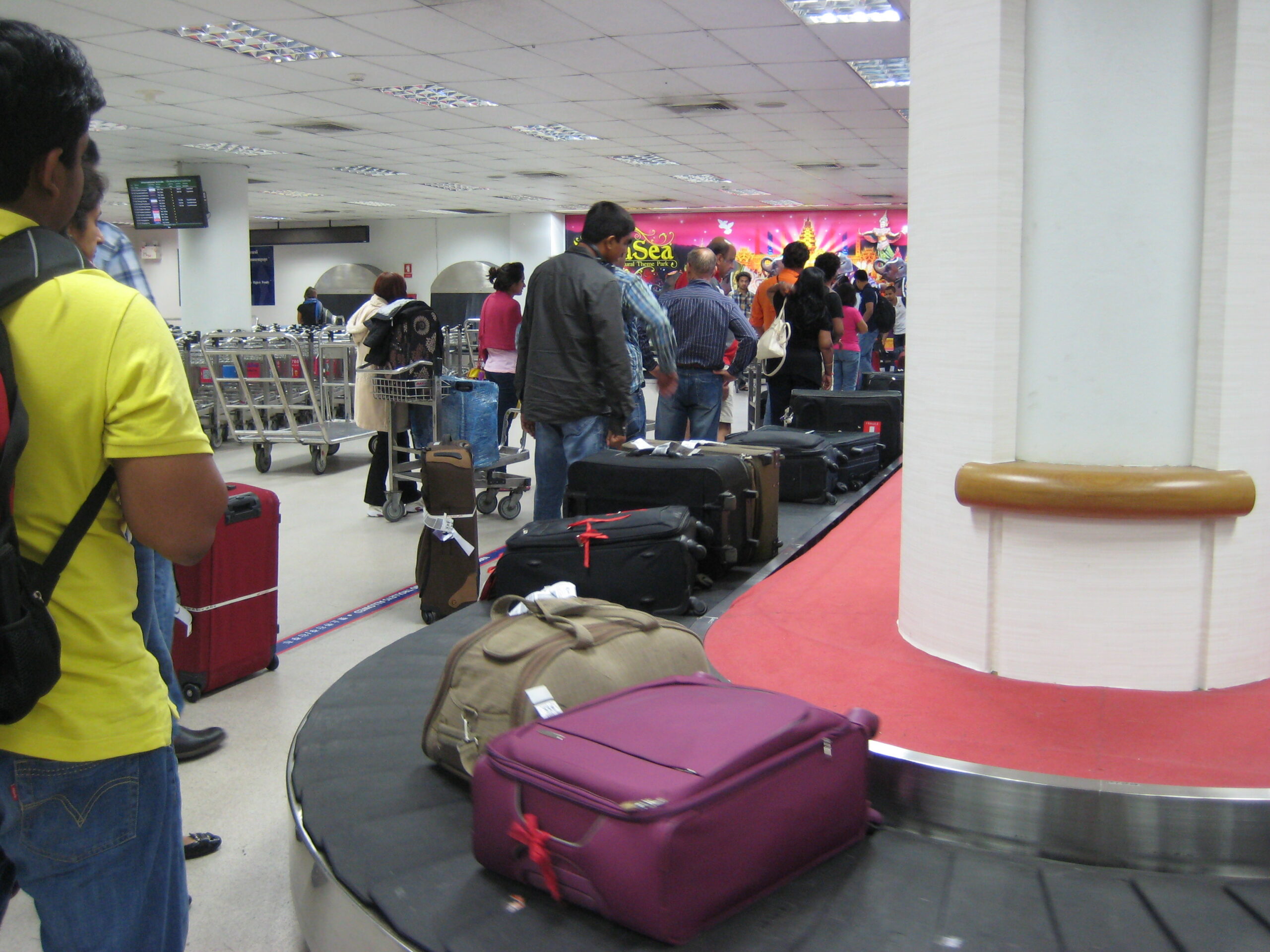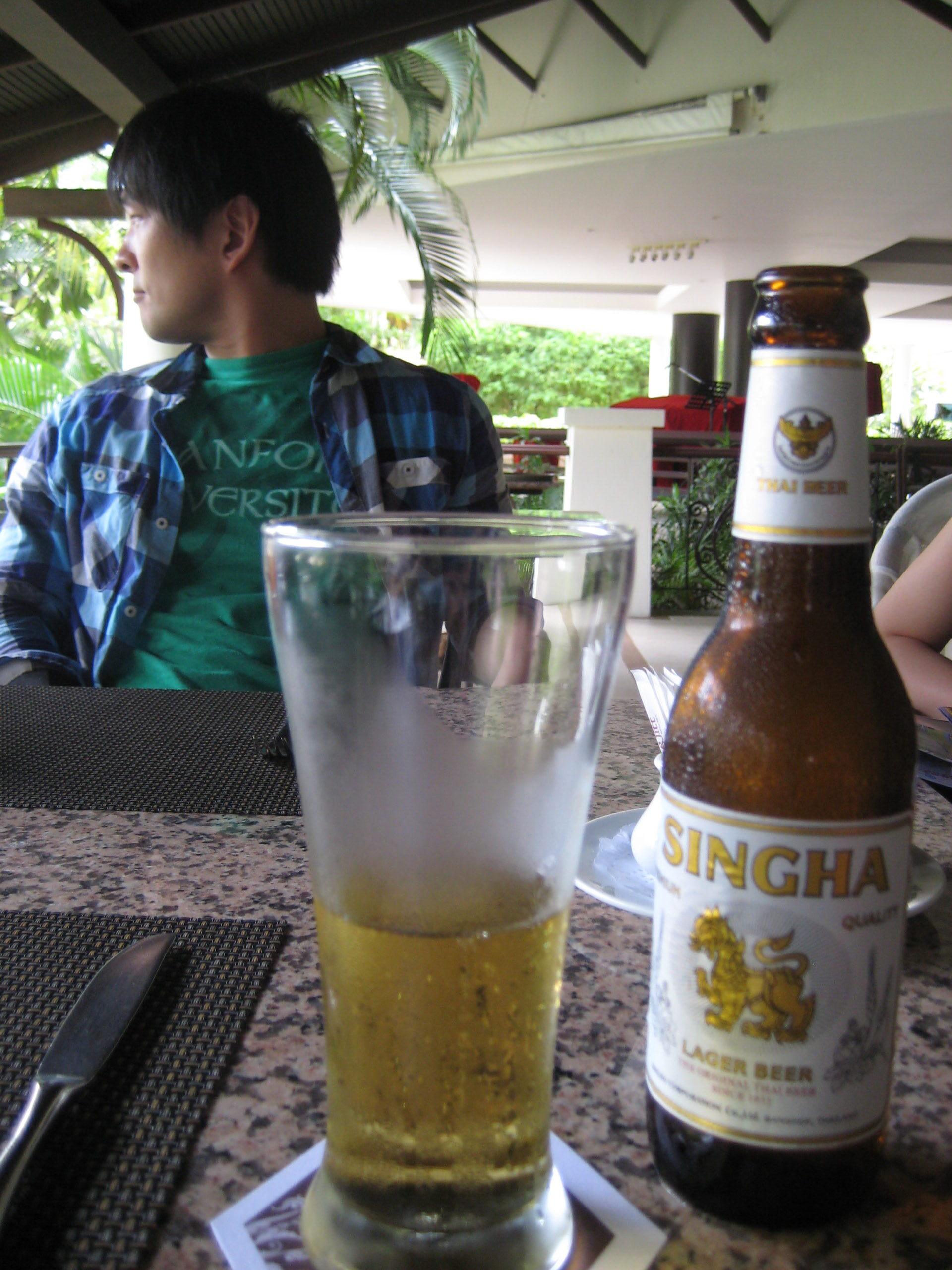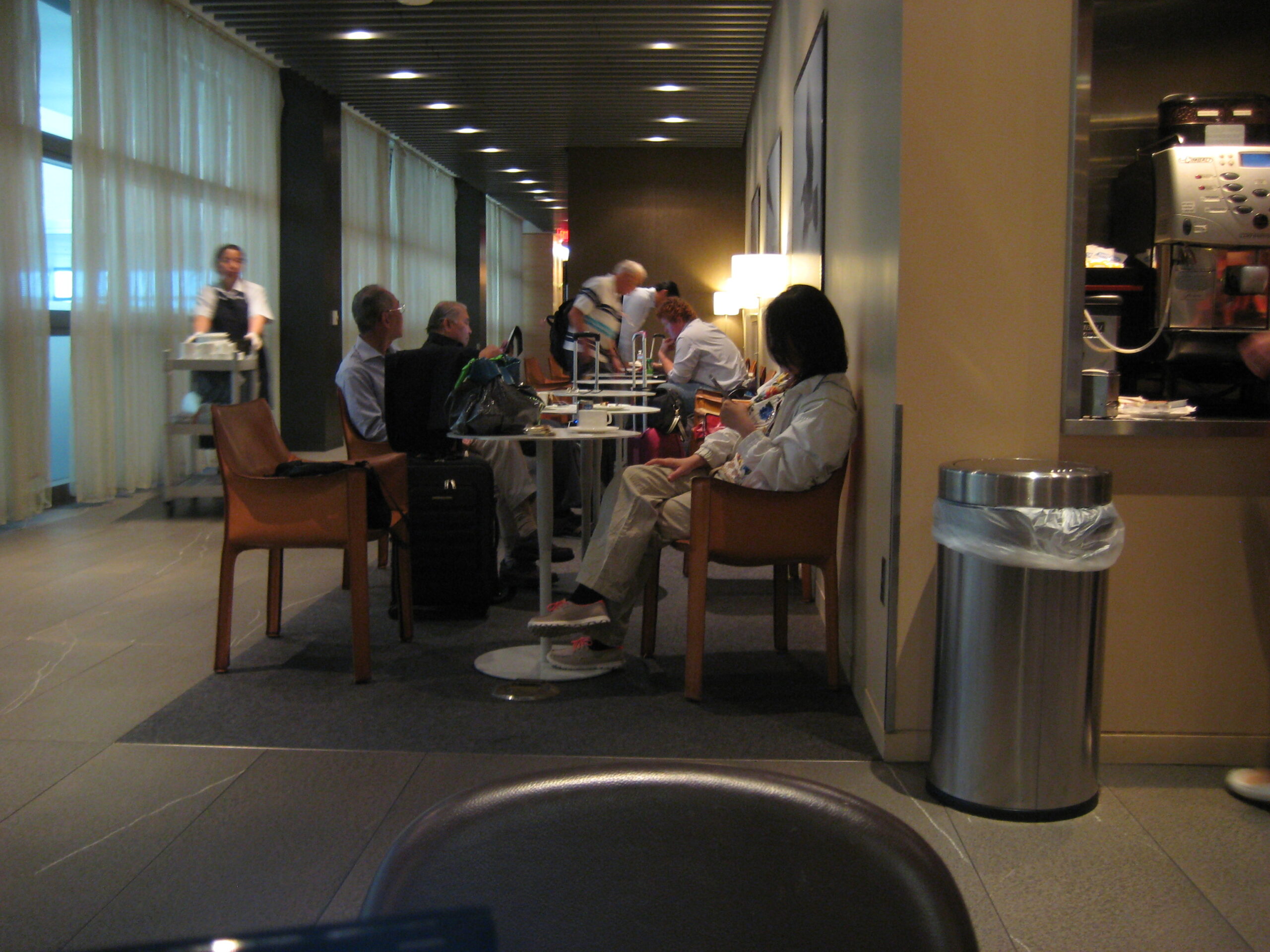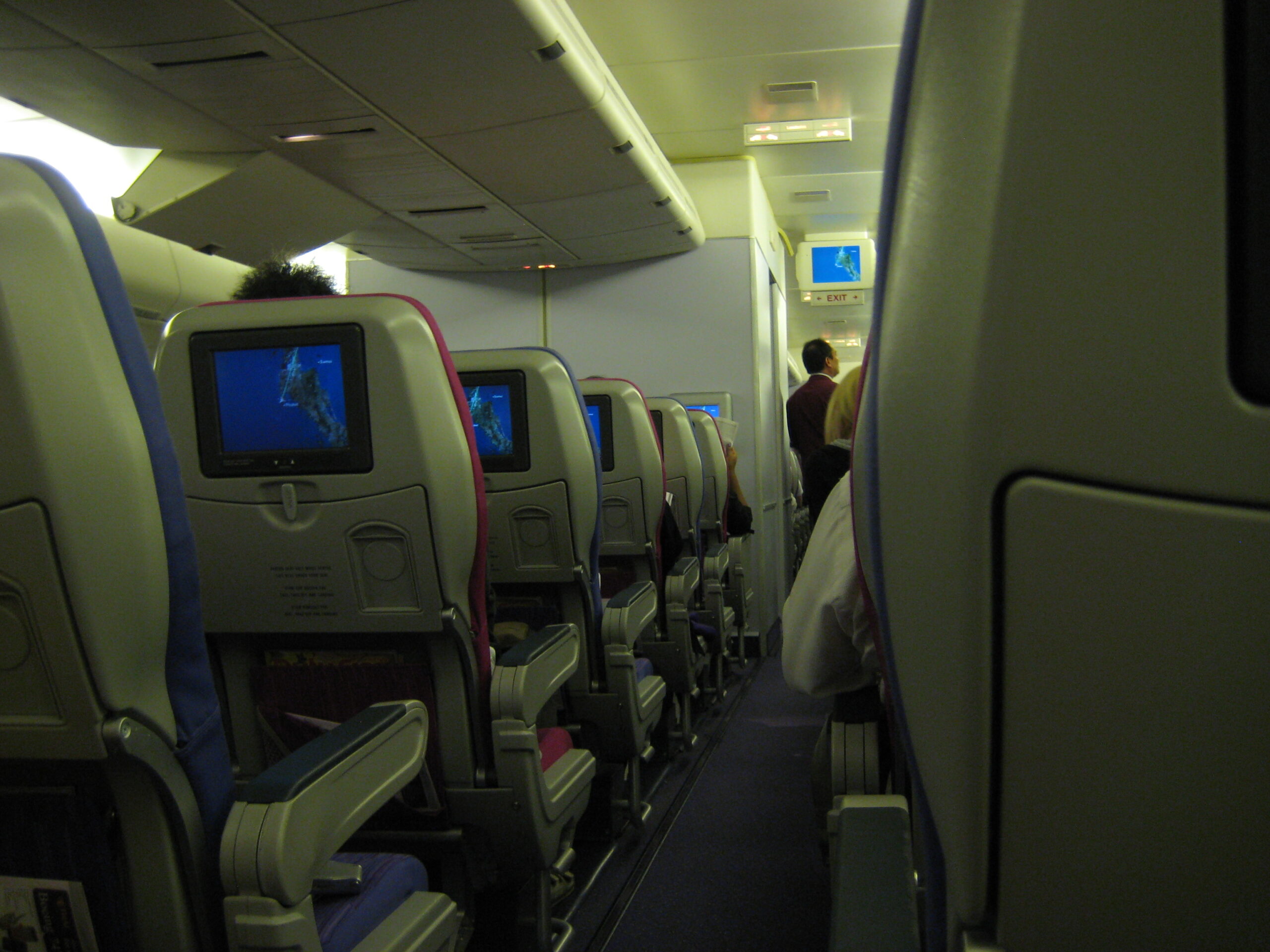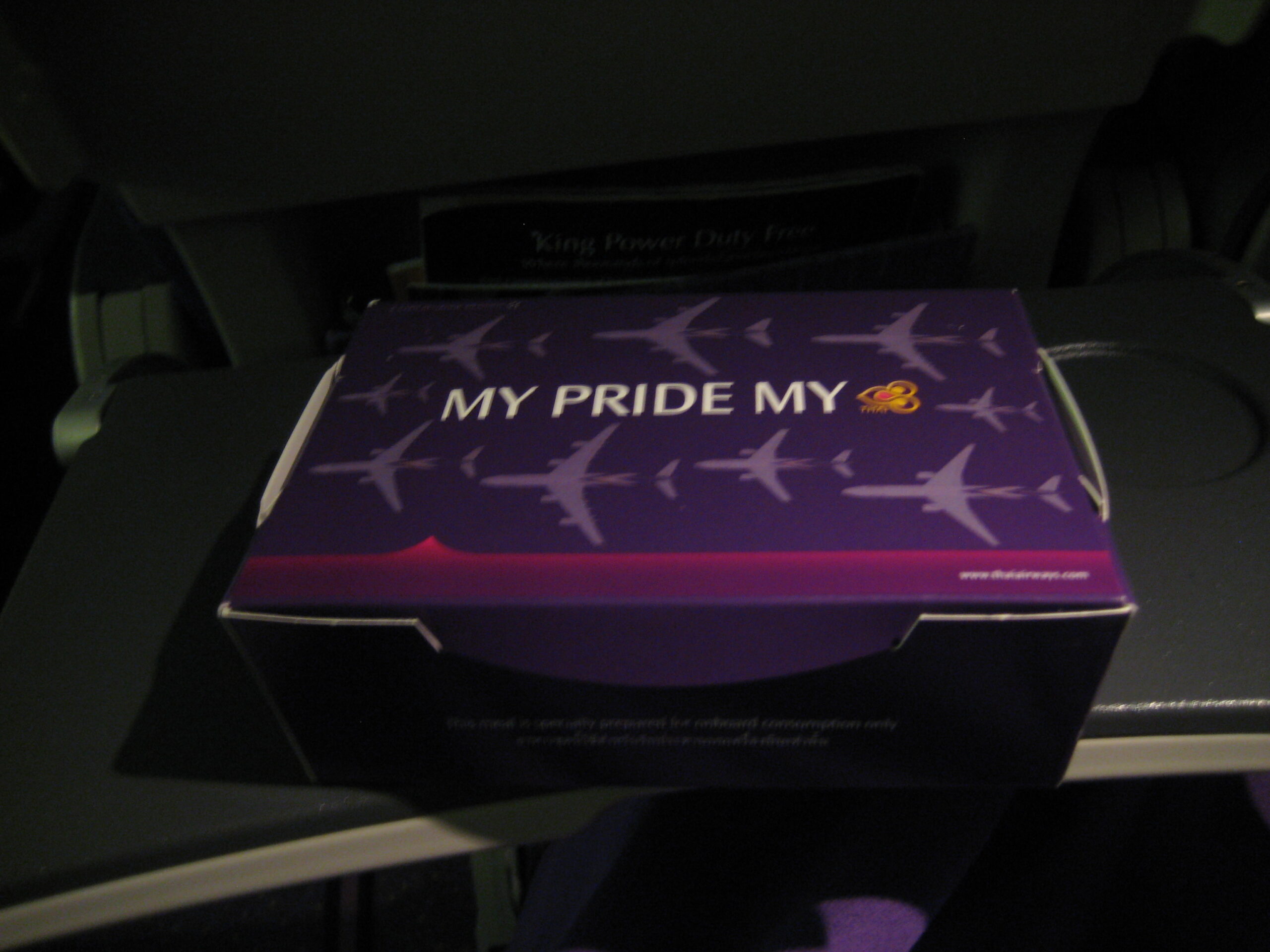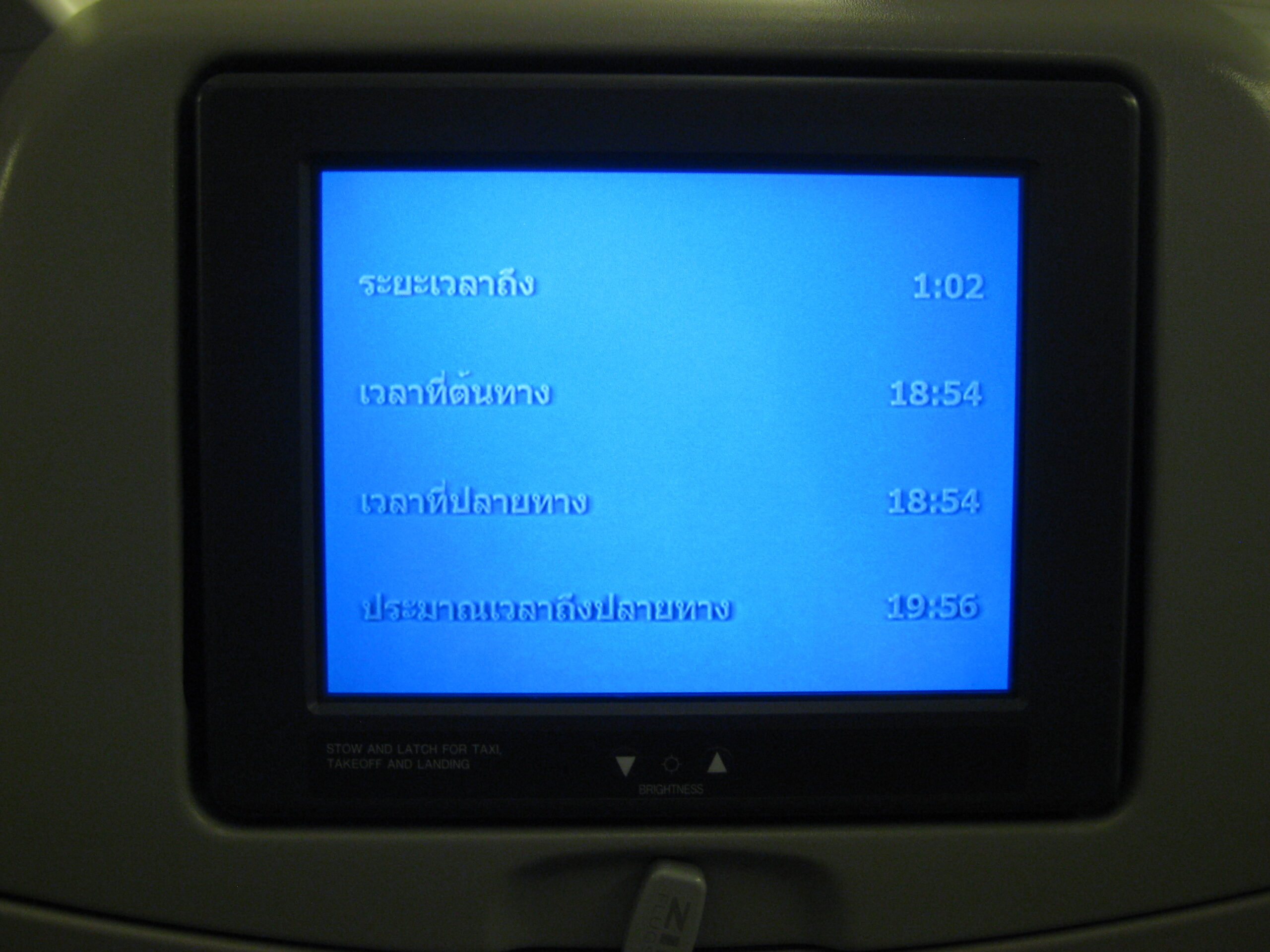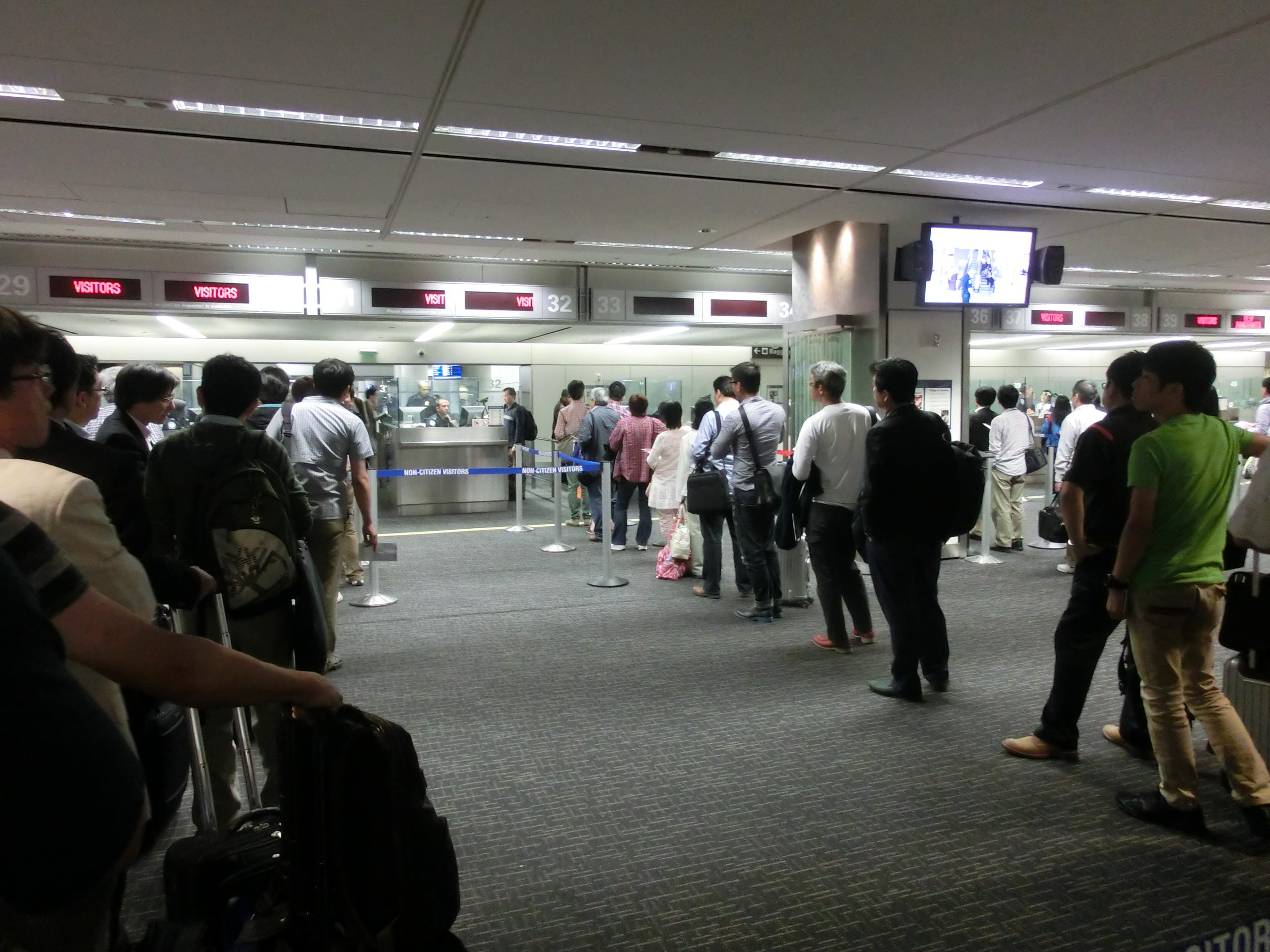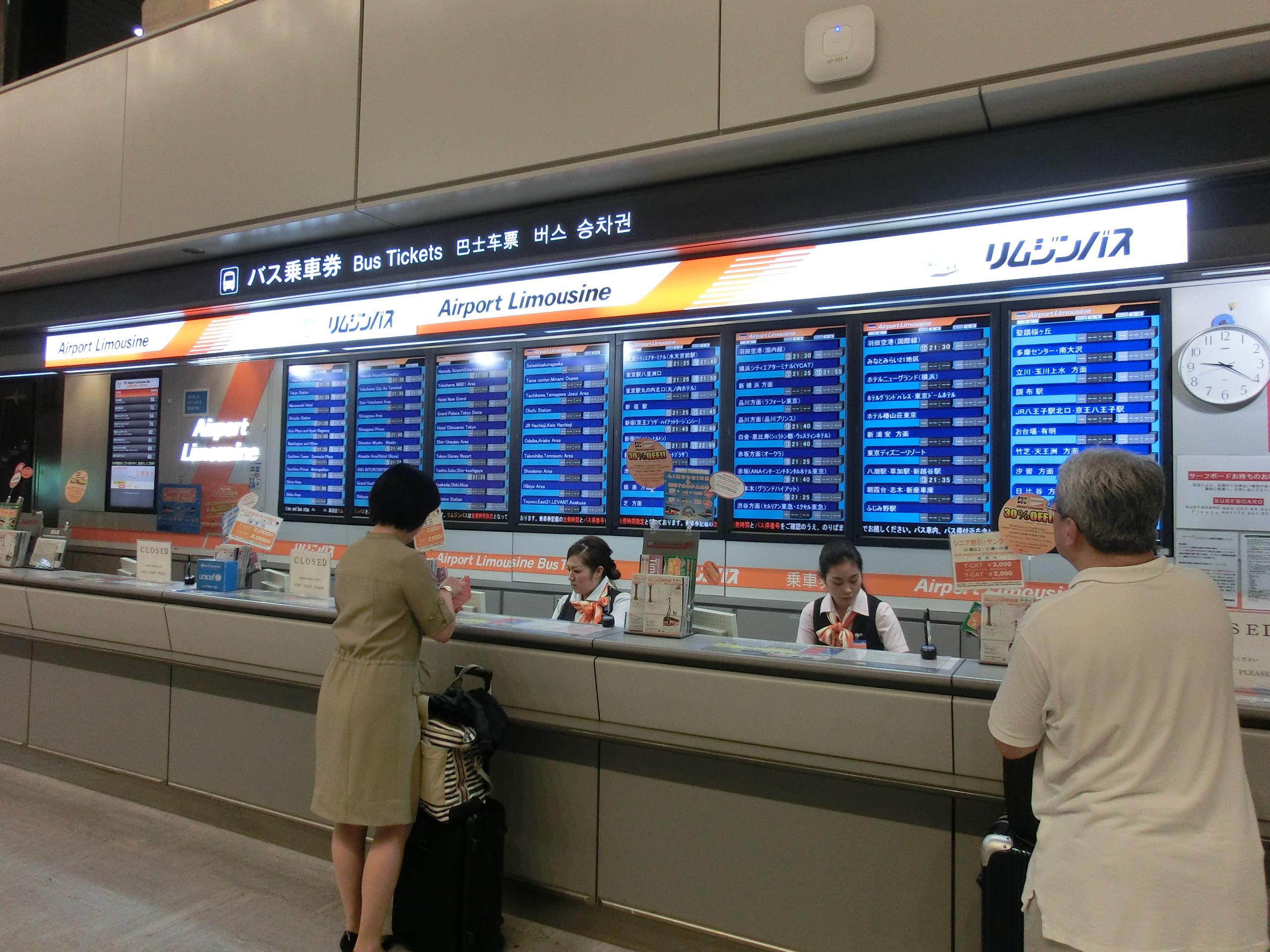Redesigning Airline’s Customer Experience
In 2012, an airline company asked our team to create a customer journey map. They want to organise what kind of experience customers have with their company’s branded services and what kind of value they want to deliver to the customers, and share it with various departments within the company.
A customer journey map considers a series of experiences using products and services as a ‘journey’, and creates a structured ‘map’ that organises the characteristics of a series of experiences of various users.
Experiences are inherently different depending on the user and the situation at the time, and the same experiences never happens. In the same way that each person lives a different life, if 100 users use the service 100 times, 10,000 different experiences should be happened, and that is exactly called ‘experience’. Simplifying and expressing such experiences in an easy-to-understand manner goes against the very essence of experience. However, if the experience ends with everyone being different, you will not be able to develop or improve services.
By finding patterns in many cases, such as regular behaviours of business travellers or travellers with children often having typical difficulty, you can develop and improve services among those cases. However, if you stick to the specific pattern and you think this person must be doing like that because he is on a business trip, the service should not be flexible and eventually the service will not suit any person’s situation.
The airline wanted to provide services that were close to each individual by creating a customer journey map, so I felt that the challenge was how to face this dilemma so far. Therefore, in this project, we tried to face this issue by conducting research with the approach of ‘acting’ the customers.
Each person involved in research sets their own character and impersonates that person to experience a trip from a day trip to 2 nights and 3 days. For example, an 80-year-old grandmother comes to Tokyo alone from the countryside to meet her grandchildren, she can’t use any laptop or smartphones, so I make an airline reservation over the phone, and on the day of the flight, I get lost at the airport because she is not familiar with airport, and her knee hurts a little lately, so she walks at a slow speed. By performing in this way using actual places and times, you can actually experience it with your own body, rather than the preconceived notion that ‘elderly people get on airplanes in this way.’
Thinking from the other person’s point of view is an essential way of thinking in order to provide good service. In reality, this is extremely difficult. Even for families and lovers, it is difficult to put yourself in the other person’s viewpoint. However, when an actor plays a certain role in a play, they have to think from the standpoint of the character. As the read the script, they wonder what kind of behaviour the character would have done and how I would speak if I were in this role. In this way, I think that members who had the experience of thinking from the other person’s point of view thought about service development and were able to create a more flexible customer journey map.
Currently, the customer journey is shared by various departments within the company, and it has become a common language for cross-sectional development and improvement of services. In addition, based on the concept of this journey map, it seems that cross-sectional service development is progressing by unifying the expression of various tools from the website to the in-flight and leading to projects such as the development of new services.
